‘Sunday Best’: A New Documentary Portrays Ed Sullivan as Unlikely Civil Rights Hero
by Harvey Kubernik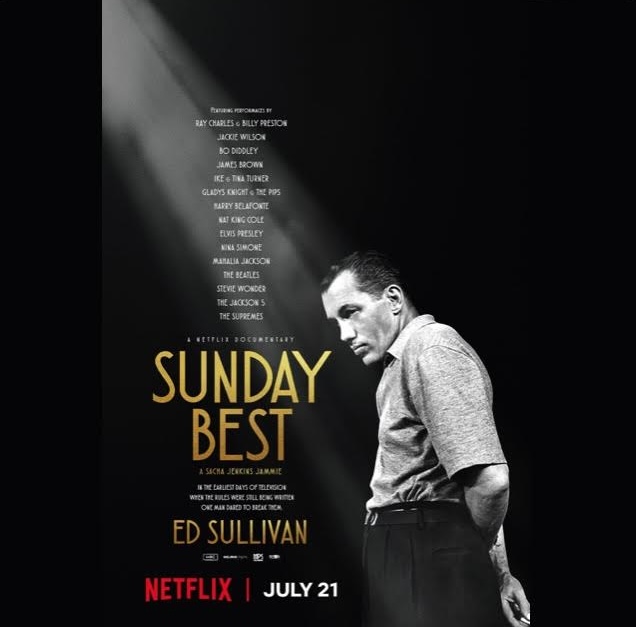 Sunday Best, a 2025 documentary from director Sacha Jenkins that uncovers the untold story of The Ed Sullivan Show’s role in amplifying Black music and culture, recently premiered exclusively on Netflix. While many remember Sullivan for vastly expanding the audience of Presley and introducing The Beatles to America, the former newspaper columnist’s commitment to showcasing Black talent was just as bold, and arguably more impactful. During a time when segregation was still legal, and mainstream media often excluded Black voices, Sullivan consistently featured Black musicians, comedians, sports figures and change-makers.
Sunday Best, a 2025 documentary from director Sacha Jenkins that uncovers the untold story of The Ed Sullivan Show’s role in amplifying Black music and culture, recently premiered exclusively on Netflix. While many remember Sullivan for vastly expanding the audience of Presley and introducing The Beatles to America, the former newspaper columnist’s commitment to showcasing Black talent was just as bold, and arguably more impactful. During a time when segregation was still legal, and mainstream media often excluded Black voices, Sullivan consistently featured Black musicians, comedians, sports figures and change-makers.
The documentary explores Sullivan’s powerful mark on music, media and the Civil Rights movement. Sunday Best includes never-before-seen interview clips with Harry Belafonte, Dionne Warwick, Berry Gordy Jr., Smokey Robinson, the Temptations’ Otis Williams and many more.
Sunday Best reminds us that integration didn’t just happen in courtrooms and lunch counters, but also on living-room TVs across the country. A (very) brief teaser clip featuring Motown chief Berry Gordy Jr. is available here.
The Ed Sullivan Show spotlighted history-making music performances not only by Presley, the Beatles and other white rock acts, but also Diana Ross and the Supremes, Gladys Knight and the Pips, Marvin Gaye, Smokey Robinson and the Miracles, the Jackson 5, Nina Simone, Ray Charles, James Brown and Stevie Wonder, for example.
Watch James Brown on The Ed Sullivan Show
In a time of racial segregation, Sullivan was an influential advocate of civil rights. He invited African-American actors (Pearl Bailey, Dorothy Dandridge, Diahann Carroll), athletes (Muhammad Ali, Jackie Robinson) and comedians (Godfrey Cambridge, Richard Pryor, Flip Wilson) onto his show, as well as musicians.
The Ed Sullivan Show (originally titled Toast of the Town when it premiered in 1948) broadcast live every Sunday at 8 p.m. on the CBS television network, charming prime-time TV viewers for the last time when it wrapped its final episode on June 6, 1971.
Longtime director John Moffitt helmed nearly 1,000 hour-long episodes. The Sullivan library houses more than 10,000 performances in black-and-white and color (the first show broadcast in color was on Oct. 31, 1965, in the 18th season).
Broadcast in front of a studio audience mostly in CBS’s Studio 50 (renamed the Ed Sullivan Theater in 1967) at 1697-1699 Broadway in Manhattan, between West 53rd and West 54th Streets, and sometimes originating from CBS Television City in Hollywood, The Ed Sullivan Show was a weekly snapshot of what was happening at that moment. The shows and guests were often topics of conversation on Monday mornings at work or school.
From the outset, when television was in its infancy, Sullivan was personally involved in his show’s bookings and known to have said he wanted to “entertain all of the people some of the time”—from providing grandparents with glimpses of vaudeville to offering parents top-tier Hollywood personalities and athletes, to bringing teenagers their next poster idols, and youngsters the Italian mouse, Topo Gigio. From plate-spinners and jugglers to opera singers and Broadway legends, Sullivan booked all manner of performers, casting aside racial, political and cultural boundaries to ensure his audiences witnessed the best and the brightest talent.
For them, and indeed, for artists of all racial and ethnic backgrounds, a performance on The Ed Sullivan Show represented a pivotal career milestone, bringing their talents to mainstream America and catapulting them to the top of the charts with breakout success.
The library remained in the Sullivan family’s possession for almost two decades after The Ed Sullivan Show wrapped (Sullivan died in 1974, just three years after the show finished). In 1990, documentary filmmaker-producer Andrew Solt formed SOFA Entertainment Inc. and acquired the library from Sullivan’s daughter and son-in-law for an undisclosed sum. The Los Angeles-based production company became the copyright holder of the original programs and, eventually, more than 150 hours of newly created programming.
Solt was one of those American kids who grew up watching Sullivan on Sunday nights. Along with his aforementioned theatrical documentaries, his filmography includes the longform TV special Heroes of Rock ’n’ Roll (1979), an early collaboration with Malcolm Leo; and the miniseries The History of Rock ’n’ Roll (1995). SOFA Entertainment has produced approximately 400 programs for television and home video, including Elvis: The Ed Sullivan Shows (2006).
In 2023, UMe inked a deal with Solt and SOFA and secured the global digital rights to The Ed Sullivan Show. The terms were not disclosed. That officially brought complete shows and special guest segments to streaming platforms worldwide for the first time via the show’s official YouTube channel and website at edsullivan.com.
Watch Ike and Tina Turner on The Ed Sullivan Show
“Sullivan knew how to give a show that was for every generation that might be watching,” Andrew Solt explained during a September 2011 interview. “The show was a launching pad for such great, important, iconic moments, whether it’s Elvis or Bo Diddley. When the Beatles stepped onto Ed Sullivan’s New York stage on Sunday, February 9, 1964, to make their American TV debut, 86 percent of all TVs on at that hour—73 million Americans—were tuned in. It was the most-watched program in history to that point and remains one of the most-watched programs of all time. To some, it will always be remembered by his introduction: ‘Here they are—the Beatles!’
“The relationship between Berry Gordy’s Motown label and The Ed Sullivan Show also made music and television history,” Solt noted. “Soon after the Supremes’ debut on Sullivan (December 1964), it was clear that showcasing the latest Motown releases on CBS on Sunday nights (35 million viewers was average) until 1971 was a way to expose the record company’s newest hits and boost the show’s ratings.”
Solt also commented on Sullivan’s influence on the world of African-American entertainment. “Ed had a fascination with African-American culture. He loved talent,” he said. “He stood up for Harry Belafonte and Marian Anderson. Mahalia Jackson sang on the show, and one of the very first shows W.C. Handy sang was on The Ed Sullivan Show. He is considered the father of the blues.
“A Harlem DJ, Dr. Jive, introduced R&B artists to America in late 1955. Ed loved introducing African-Americans on his stage, and most of all he enjoyed giving people big breaks and the most desired gift, national TV airtime. Ed liked his role as showbiz kingpin, and he knew he was very fortunate to be such a powerful arbiter of American taste. He took pleasure in influencing our culture and [presenting] acts that would make us gasp and swoon. He was an unlikely hero.”
Watch Bo Diddley perform on The Ed Sullivan Show
“For us, being on The Ed Sullivan Show was so much more than record sales,” Mary Wilson of the Supremes said in a 2016 interview with this writer. “It wasn’t about promoting us. It was about that we had grown up watching The Ed Sullivan Show. We had grown up watching shows where you didn’t see a lot of Black people starring on those shows. We were like every other family in America who spent hours watching Ed Sullivan. So, for us, being on the show was such a great honor, because we were there to see the world changing, to see America changing. We were excited! We’re on The Ed Sullivan Show!
“We came from a time when a whole family of all different colors didn’t sit around watching Black people on television. For us, that is what it was all about. We were part of that change. We were part of helping America to see Black people, Black women, being proud, beautiful and successful. It wasn’t just us—many people before us. But they didn’t have the television to expose them to that wide range of people as we did. We were lucky. We stood on a lot of shoulders. But we were there when the doors opened.”
“The other thing was that we were seen in color after our initial appearances were in black-and-white. Recently, my granddaughter was watching a DVD collection of the Supremes. And she said to me, ‘Grandma! What happened to the color?’ Because she has never seen a black-and-white TV!”
“Ed Sullivan was a true American phenomenon,” observed Andrew Loog Oldham, the Rolling Stones’ producer-manager from 1963-1967 in a 2004 interview we conducted. “Every country has one: a seemingly untalented nebbish with strictly local/national appeal. But say what you will, and we did, his musical booking decisions opened the eyes and ears of America and created a legacy/library for all future generations.
Related: The Ed Sullivan Show—’60s pop music showcase
Barney Ales was Berry Gordy Jr.’s right-hand man and Motown’s ultimate insider, whose job was to get the records played and the company paid. He rose to become executive vice president and general manager but remained in Detroit in 1972 when Gordy moved Motown to California. Ales became its president in Los Angeles during his return to the firm from 1975 to 1978.
“It was really a battle in those days to get Black artists on network television in prime time,” Ales emailed me in 2016. “Sammy Davis Jr. and Nat ‘King’ Cole were about the only ones—anyone else, they just weren’t accepted. But when the Supremes broke through, we knew we had an opportunity. They looked so great, as well as sounding great.
“The Ed Sullivan Show was the real breakthrough: Sunday nights, millions of people watching. Once Sullivan took to the Supremes, we knew we were on the right track. Album sales picked up like crazy whenever they were on, so we always made sure to tell the distributors they needed to check their inventory.
“After the Supremes, we got everyone on Sullivan’s show: Stevie, Gladys, the Temptations. We had a good relationship with the producer, Bob Precht. He liked Motown, and Esther, Berry’s sister, used to take the dressing room keys afterward as souvenirs. They’re probably somewhere in the Motown Museum to this day.”
Watch Smokey Robinson and the Miracles perform on The Ed Sullivan Show

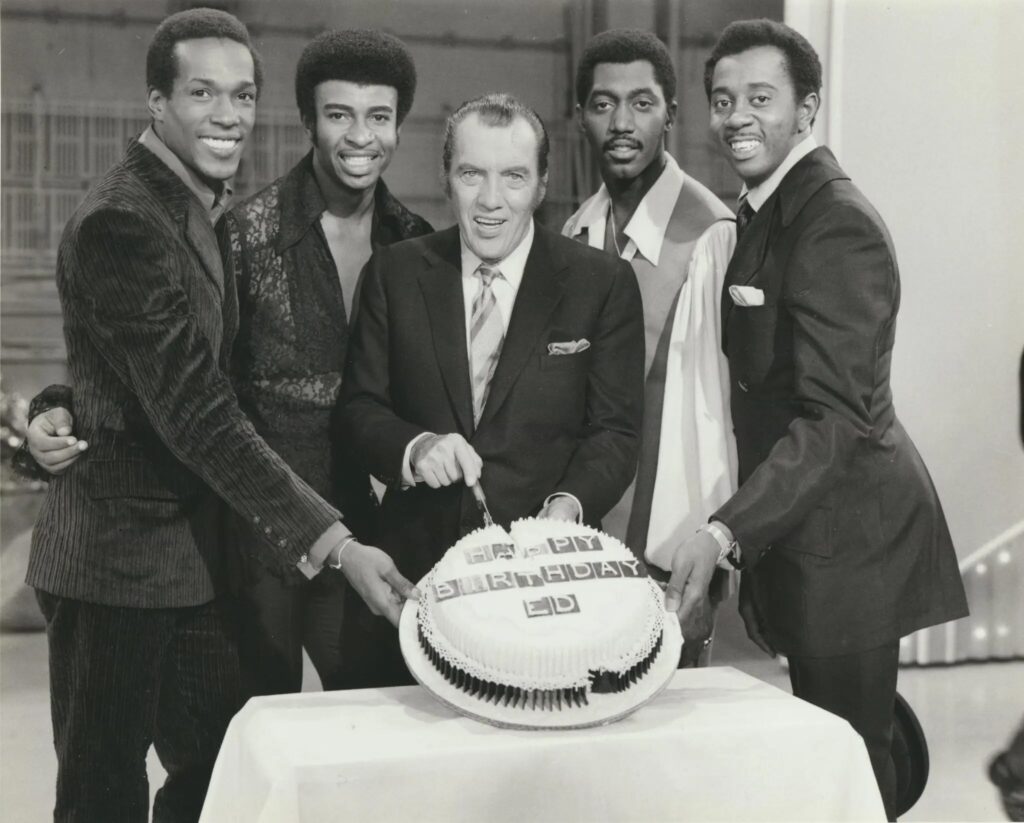
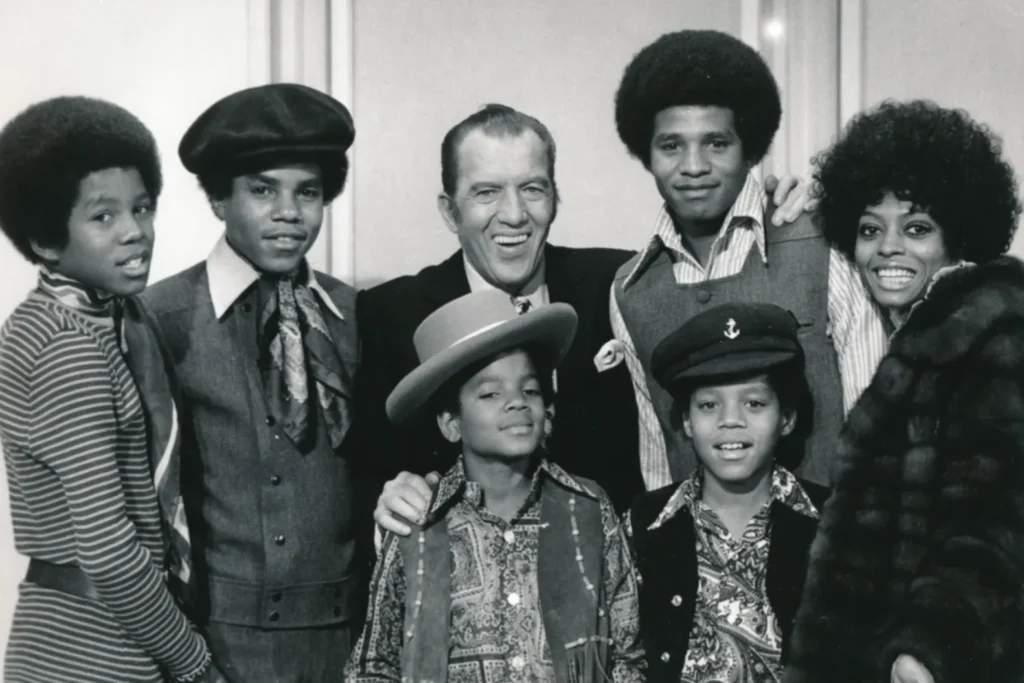
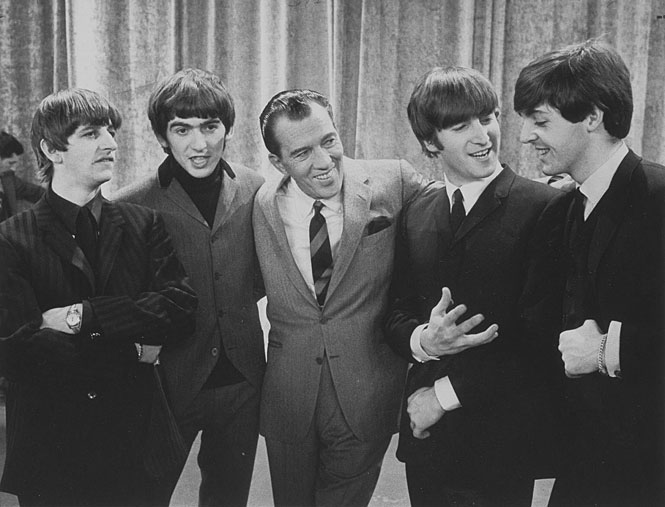
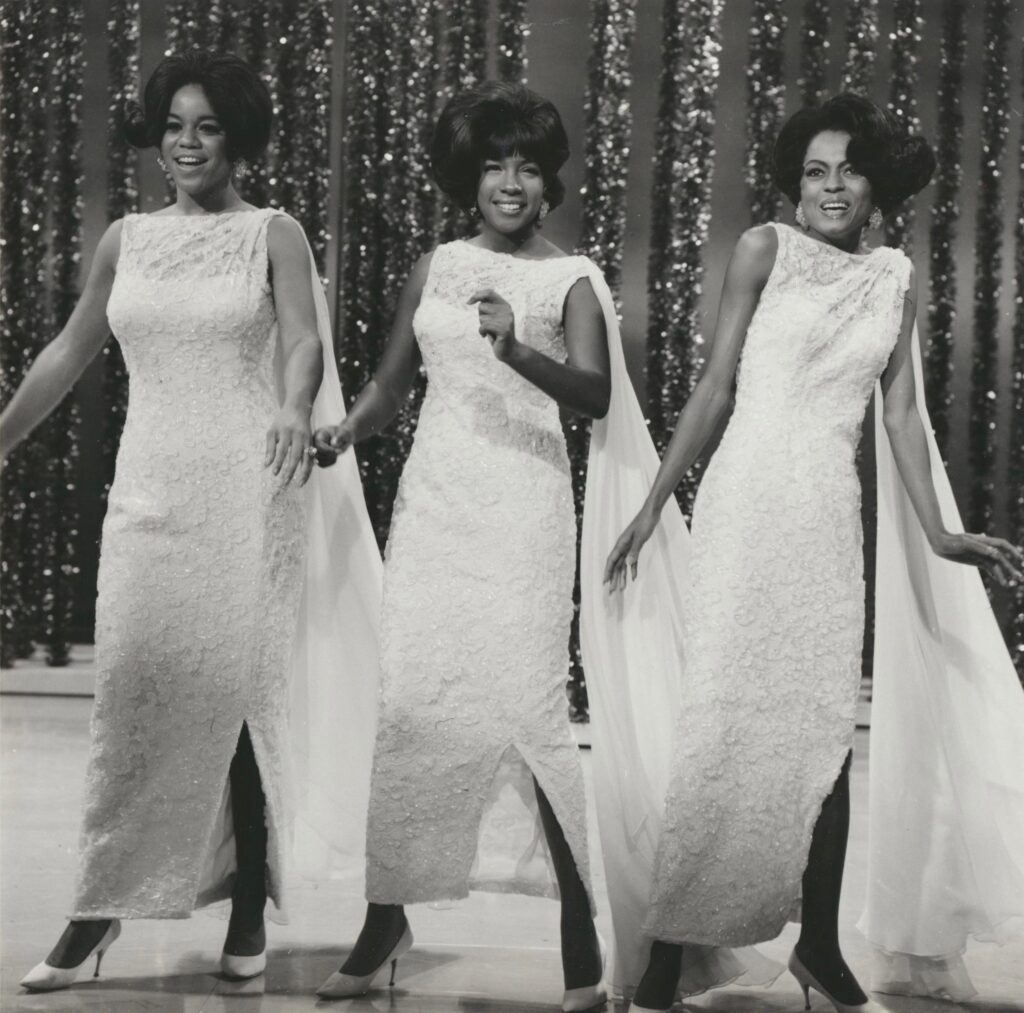
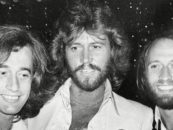




1 Comment so far
Jump into a conversationSullivan also had Sam Cooke on, which introduced him to a larger audience and probably made RCA Victor very happy.